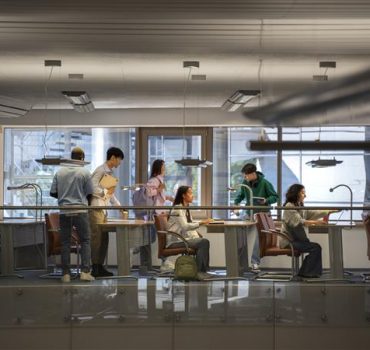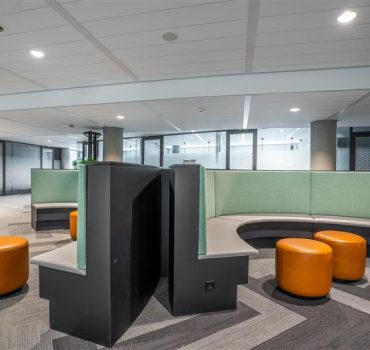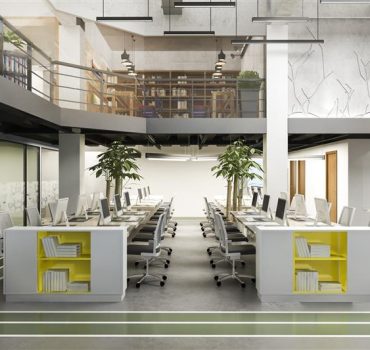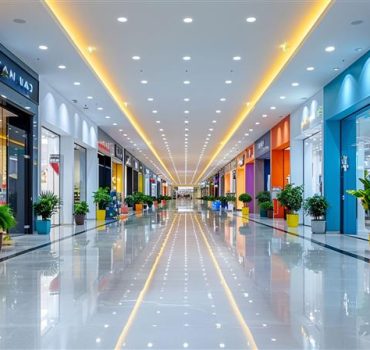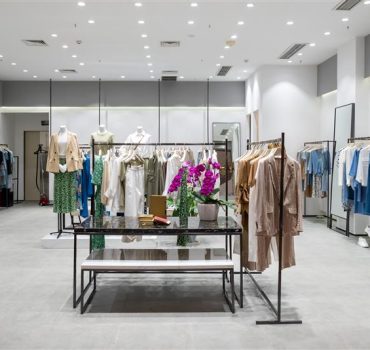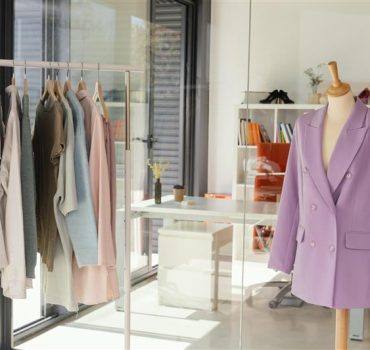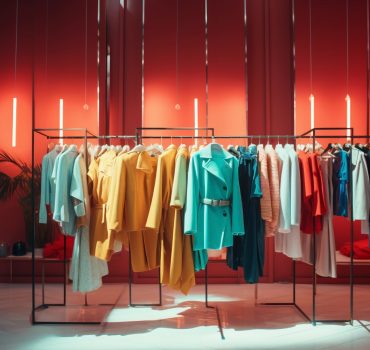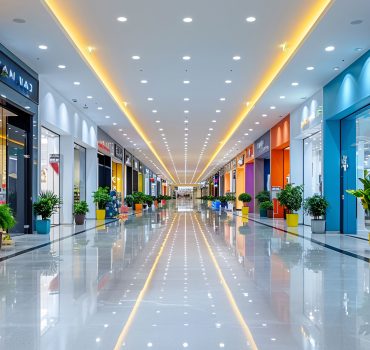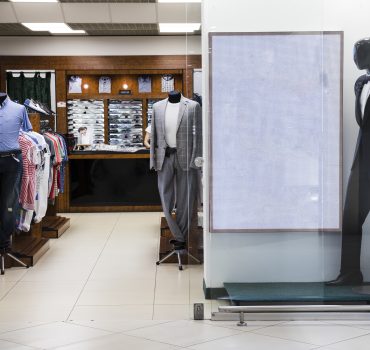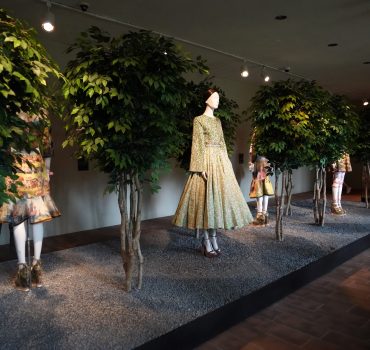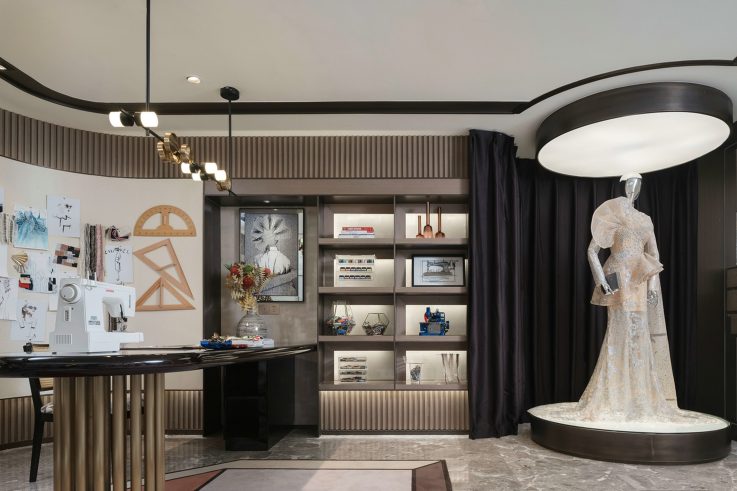
Synopsis
Retail spaces are not merely points of sale—they’re immersive brand experiences. From chic boutique interior design to functional retail store interior design, the layout, lighting, and display strategies can shape how customers perceive products and interact with a brand. Retail shop interior designers know how to maximise every square foot to encourage footfall, dwell time, and purchase behaviour. Be it a niche apparel store or a luxury home interior decor store, every element—from storefront interior design to shelf placements—needs to narrate a compelling brand story. This blog dives deep into the principles of retail interior design, explains how shop interior design for clothes varies from other formats, and showcases how the best retail shop interior designs boost ROI through design that captivates and converts.
Table of Contents
ToggleUnderstanding the Psychology Behind Retail Interiors
Retail store interior design influences customer moods, purchase decisions, and how long they stay in the store.
Boutique Interior Design – Balancing Luxury and Accessibility
A successful boutique interior design presents elegance while staying approachable, aligning aesthetics with customer expectations.
Designing for Flow – Navigation and Customer Journey
Strategic shop interior design for clothes ensures intuitive pathways, product visibility, and focused engagement zones.
Colour, Lighting, and Texture in Retail Ambience
Storefront interior design elements like lighting, wall textures, and colour palettes affect buying emotions and perceived value.
Role of Retail Shop Interior Designers
Experienced retail shop interior designers turn design insights into business impact by optimising layout, materials, and displays.
Maximising Shelf Appeal and Visual Merchandising
Shelving systems, mannequin placement, and signage are integrated to draw attention, guide decisions, and inspire purchases.
Why Design5 Is the Preferred Partner for Retail Interior Projects
Our design process for retail store interior design blends creativity, spatial strategy, and brand storytelling across formats.
Future of Retail Spaces – Experience-Driven Design
Experiential design is redefining the retail environment with interactive zones, tech integration, and adaptable layouts.
FAQs
Why is interior design important for retail stores?
It affects customer engagement, enhances brand recall, and guides shoppers through a curated experience that encourages purchases.
How does boutique interior design differ from standard store layouts?
Boutiques focus more on aesthetics, exclusive presentation, and intimate layouts that reflect personalised brand identities.
What do retail shop interior designers typically offer?
They provide end-to-end services—space planning, lighting, materials, furnishings, and display systems tailored to your retail category.
What role does storefront interior design play in customer conversion?
The storefront is the first touchpoint—it must attract attention, convey brand promise, and invite customers to explore further.
How can retail design boost sales performance?
A well-designed store increases footfall, improves product visibility, enhances comfort, and encourages higher dwell time and conversion.
Recent Post
- Office Interior Design & Commercial Interiors: Building Spaces That Boost Business
- Office Interior Design & Commercial Interior Solutions: Creating Spaces That Boost Productivity and Image
- Office Interior Design & Corporate Interiors: Crafting Productive Workspaces with Style
- Retail Store Interior Design & Shop Layouts: Creating Immersive Shopping Experiences
- Corporate Interior Design & Office Layouts: Transforming Business Spaces into Brand Experiences

